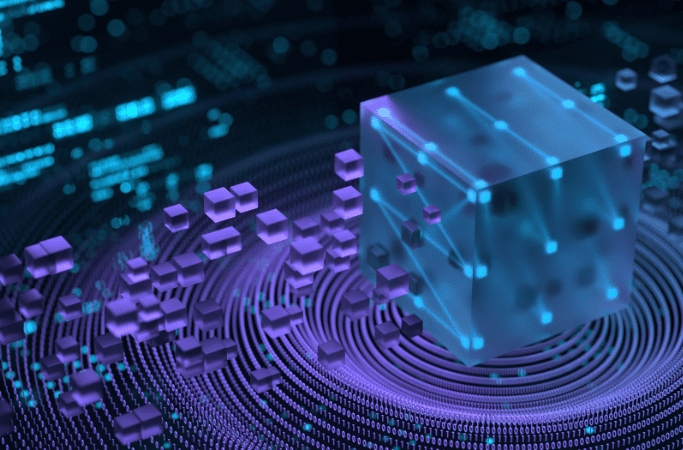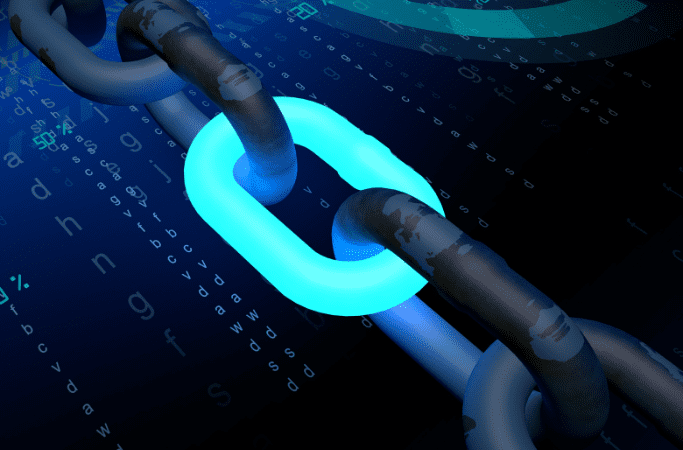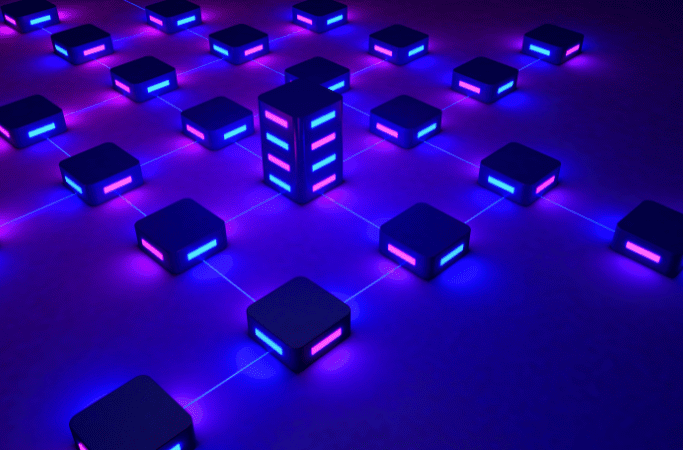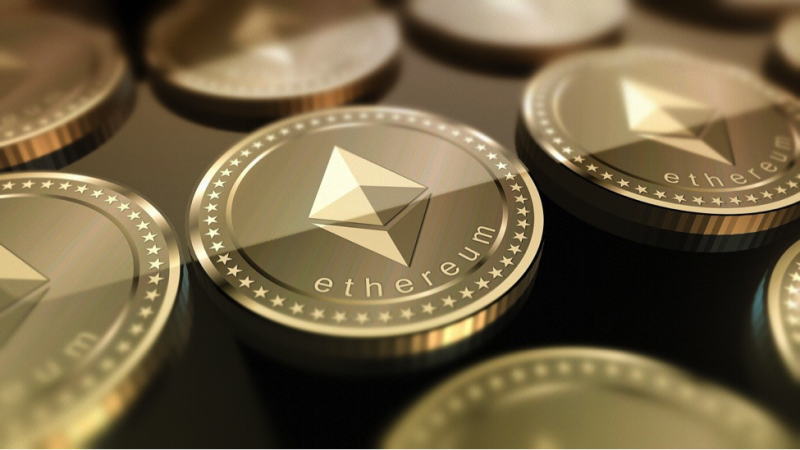
Account abstraction heralds a significant shift in the management of user accounts on blockchain networks. This innovative approach blurs the traditional lines between externally owned accounts (EOAs) and contract accounts. While EOAs rely on private keys for initiating transactions directly, contract accounts, or smart contracts, operate on a set of predefined smart contract code. This code allows these accounts to autonomously execute transactions when certain criteria are met, introducing a level of automation and programmability previously unavailable.
The transition towards account abstraction simplifies user interactions with the blockchain, making these technologies more accessible and efficient. By merging the direct control associated with EOAs and the automated functionality of contract accounts, account abstraction creates a more unified and user-friendly framework. This enables users to engage with the blockchain in a more intuitive and secure manner, potentially opening up blockchain technologies to a broader audience and fostering greater adoption.
The Need for Account Abstraction

Despite the strengths of blockchain technology, certain challenges have impeded its broader acceptance. Managing private keys, a critical security feature, presents complexity for users, while paying gas fees and efficiently executing multiple transactions can deter engagement due to cost and usability concerns. These hurdles highlight the need for more user-friendly solutions within the blockchain ecosystem.
Account abstraction emerges as a promising solution to these challenges, offering a streamlined approach for user interaction with the blockchain. By leveraging smart contract wallets, account abstraction enables the batching of multiple transactions, more efficient management of gas fees, and enhanced user security. This innovative framework not only simplifies the user experience but also addresses key obstacles to mass adoption of blockchain technology, making it more accessible and practical for everyday use.
Also Read: Blockchain in Gaming
How Account Abstraction Works

Implementing account abstraction necessitates the development of a unified account model that merges the functionalities of externally owned accounts (EOAs) and smart contracts. This innovative approach results in advanced user accounts that are not only capable of initiating transactions on their own but also proficient in managing private keys within a secure environment and executing automated transactions through programmable smart contracts. Such sophistication enhances user autonomy while ensuring security and efficiency in blockchain interactions.
Central to this model is the entrypoint smart contract, which serves as a crucial intermediary, streamlining the communication between users and the blockchain network. This contract simplifies the process for users to engage with blockchain technologies, effectively lowering the barriers to entry. By authorizing transactions and managing complex interactions with the blockchain, the entrypoint smart contract facilitates a more intuitive and seamless user experience, further enabling mass adoption of blockchain by making it accessible to a wider audience.
Benefits of Account Abstraction

The benefits of account abstraction are extensive, significantly enhancing the user experience within the blockchain space. By simplifying the transaction process, account abstraction reduces the complexity typically associated with blockchain interactions. Users are no longer burdened with the need to manually initiate basic operations, making the technology more user-friendly and accessible. This simplification is pivotal for encouraging wider adoption, as it addresses one of the primary barriers to entry for new users: the steep learning curve associated with blockchain operations.
Moreover, account abstraction contributes significantly to enhancing user security. By allowing for the implementation of custom rules for transaction approval, such as multi-signature systems or social recovery mechanisms, it adds an additional layer of security. Importantly, these features are designed to protect the user's assets without compromising the confidentiality of the user's private key. This innovative approach to security not only safeguards against unauthorized access but also provides users with peace of mind, knowing their digital assets are protected by robust security measures.
Account Abstraction on the Ethereum Network

The Ethereum network has positioned itself as a leader in the exploration and development of account abstraction, with initiatives such as ERC-4337 playing a crucial role. ERC-4337 introduces a comprehensive framework for smart contract wallets, marking a significant step towards simplifying blockchain interactions. This innovative approach enables the execution of multiple operations within a single transaction, a feature that streamlines processes for users while also aiming to significantly reduce gas costs. By addressing one of the major hurdles in blockchain usability and cost efficiency, Ethereum is spearheading efforts to make blockchain technology more accessible and practical for a wider audience.
This strategic move by Ethereum not only enhances the user experience but also sets the stage for mass adoption of blockchain technology. Making interactions more intuitive and cost-effective through smart contract wallets and account abstraction serves as a beacon for the potential widespread use of blockchain. It demonstrates a clear commitment to overcoming existing barriers to entry, such as complexity and high transaction fees, thereby encouraging a broader demographic to engage with and benefit from blockchain technology. Ethereum's leadership in this area highlights its ongoing role in driving innovation and accessibility in the digital economy.
Challenges and Future Directions
Despite the substantial benefits that account abstraction brings to the blockchain ecosystem, it is not without its challenges. One of the primary concerns is the increased complexity of smart contract code, which could potentially make the system more difficult to understand and maintain. This complexity might also introduce potential security risks, as more intricate systems often provide more vectors for exploitation. These challenges underscore the need for rigorous testing, code auditing, and the development of best practices to ensure the security and reliability of account abstraction implementations.
Nonetheless, the future of account abstraction within the blockchain domain remains promising. As blockchain technology continues to evolve, the role of account abstraction in promoting its adoption becomes increasingly significant. With ongoing efforts by developers to enhance blockchain's accessibility and security, account abstraction is poised to serve as a key catalyst in bringing blockchain technology to billion users. Innovations aimed at simplifying user interaction with blockchain, while ensuring robust security measures, are critical in overcoming current barriers to mass adoption, making blockchain technology an integral part of the global digital infrastructure.
Conclusion
Account abstraction in blockchain represents a new paradigm in how users interact with digital assets, combining the security and programmability of smart contracts with the ease of use typically associated with traditional financial accounts. As the technology matures and more blockchain networks implement account abstraction, we can expect a more inclusive, secure, and efficient digital economy. This innovation not only promises to enhance the user experience but also enables mass adoption of blockchain technology, marking a significant milestone in the journey towards a decentralized digital world.
Also Read: The Use of Blockchain in Agriculture
FAQs
What is Account Abstraction in Blockchain?
Account abstraction in blockchain is a concept that simplifies how users interact with blockchain networks by combining the features of externally owned accounts (EOAs) and smart contracts into a single, more user-friendly account type. This approach enables users to initiate transactions, manage private keys more securely, and automate processes through smart contract code without the complexities traditionally associated with blockchain transactions. Account abstraction aims to make blockchain technology more accessible and intuitive, especially for users not familiar with the intricacies of blockchain operations.
How Does Account Abstraction Benefit Users?
Account abstraction offers several key benefits, including enhanced user experience, increased security, and reduced transaction costs. By simplifying the transaction process and reducing the need for users to manually manage private keys or initiate basic operations, it makes blockchain technology more approachable. Additionally, account abstraction allows for the implementation of customizable security protocols, such as multi-signature systems or social recovery options, without exposing the user's private key. This not only enhances security but also potentially lowers gas costs by enabling multiple operations in a single transaction, further encouraging wider adoption of blockchain technology.
What Challenges Does Account Abstraction Face?
While account abstraction promises to streamline and secure blockchain interactions, it also introduces challenges, notably the increased complexity of smart contract code and the potential for security vulnerabilities. The complexity of integrating diverse functionalities into a single account model can make smart contracts more difficult to develop, understand, and audit, increasing the risk of errors or exploits. Additionally, the shift to a new account model requires significant changes to existing blockchain infrastructures and ecosystems, which can be a slow and complex process. However, ongoing innovations and improvements in blockchain technology and security practices are expected to address these challenges, making account abstraction a feasible and attractive option for future blockchain development.























